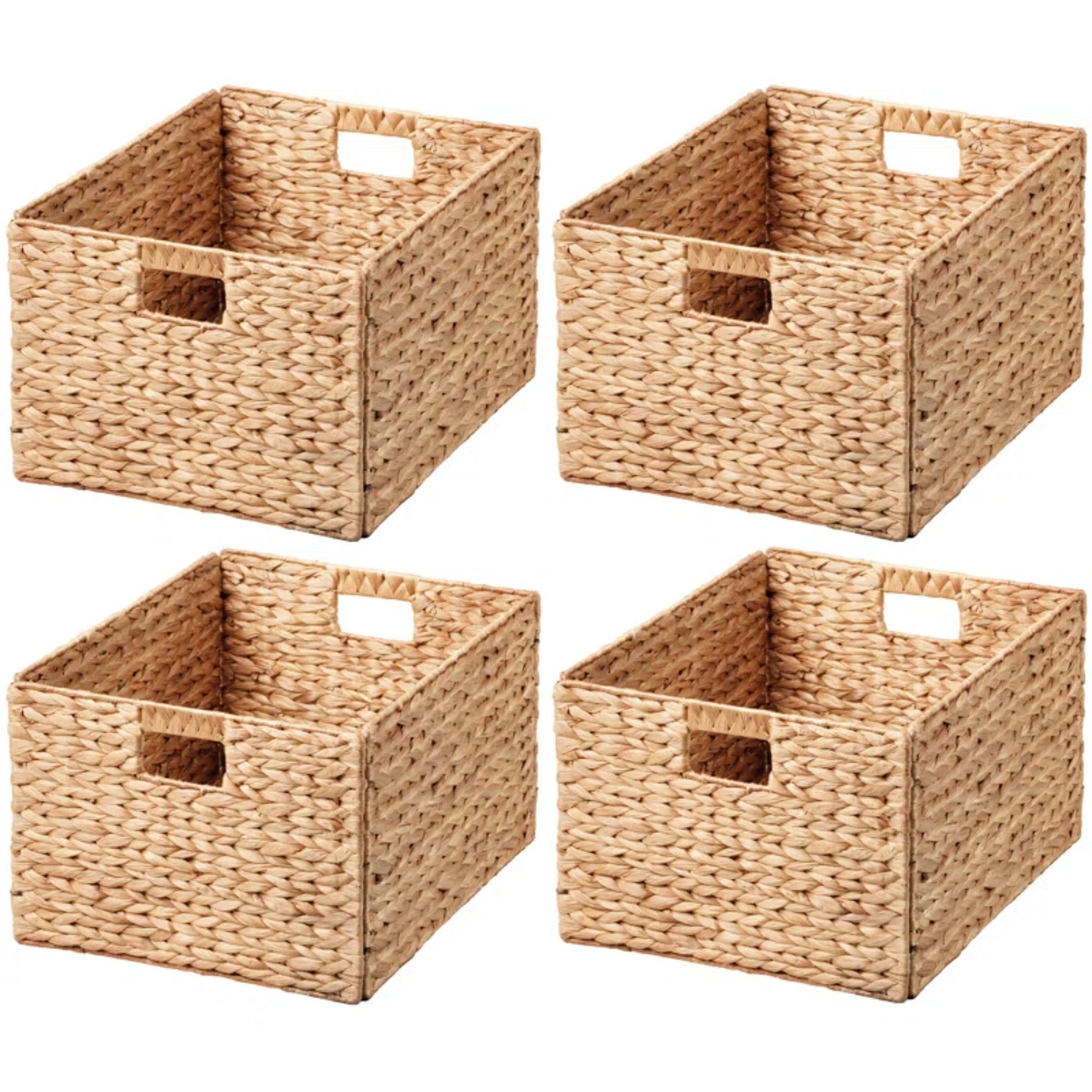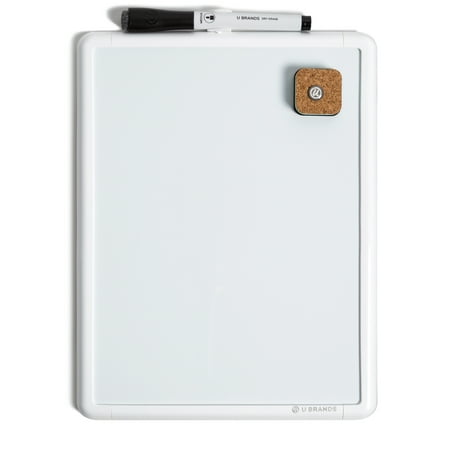Don't wait for New Year! Professional organizers agree toys are the one item you must always declutter before Christmas – and how to get your kids onboard
Prepare for a more altruistic festive season with this heartfelt tip
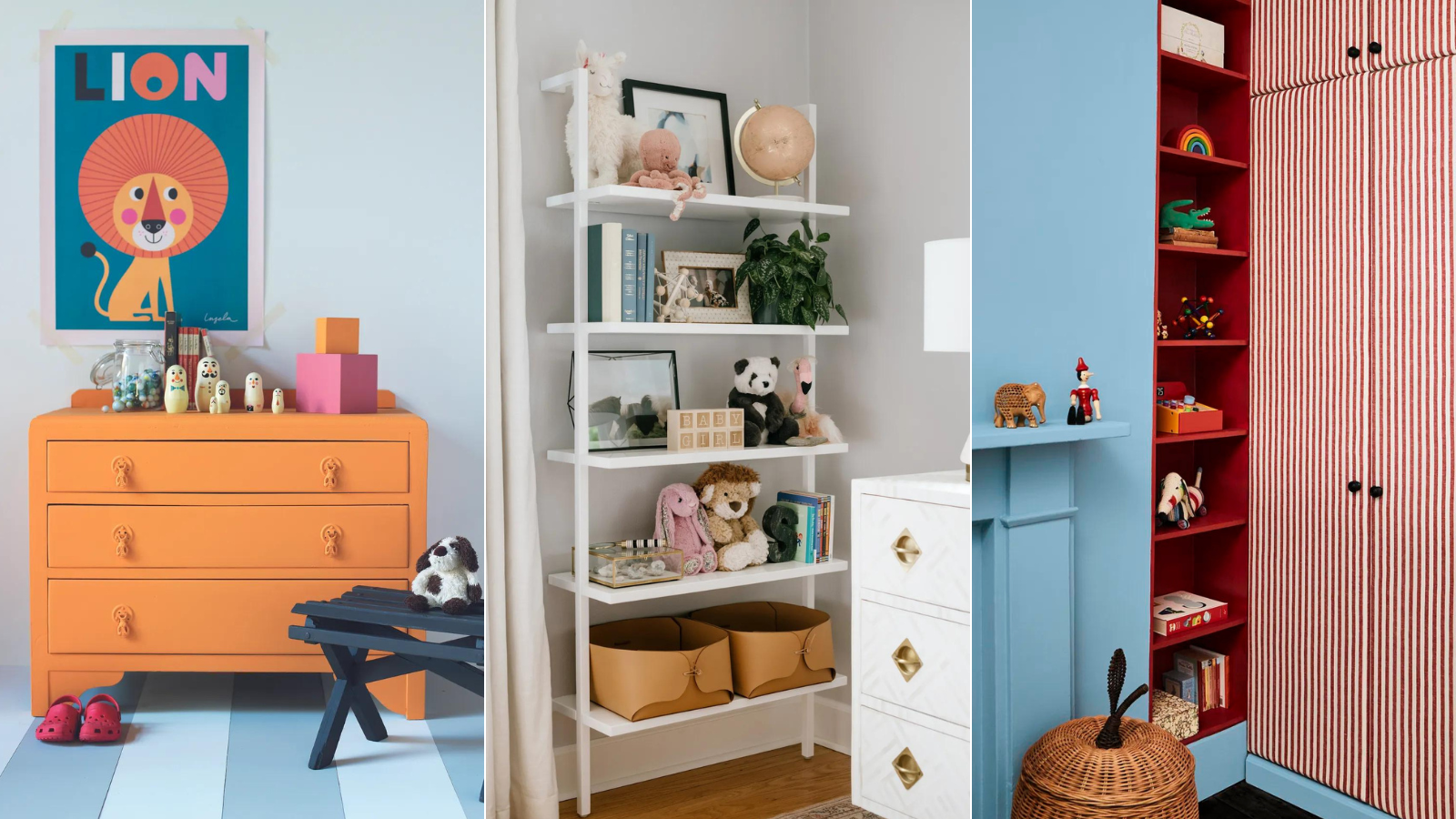

When Christmas preparations are in full swing, you are probably thinking more about buying gifts and decor than you are getting rid of things. But professional organizers urge you to declutter one very important category before the big day – children's toys.
Experts warn it is essential not just to clear space in your home for incoming new items, but to help others scouring thrift stores pick up toys for little ones ahead of Christmas.
Here, our pros break down why it's a mistake to wait until New Year, and share decluttering tips to help you and your children or grandkids navigate letting go of toys this festive season.
Declutter toys before Christmas
Decluttering toys is never an easy task, especially with younger children and their strong sentimental attachments and sense of ownership. However, as Christmas drawers nearer, there are several important reasons to consider a clear-out.
1. It introduces children to decluttering
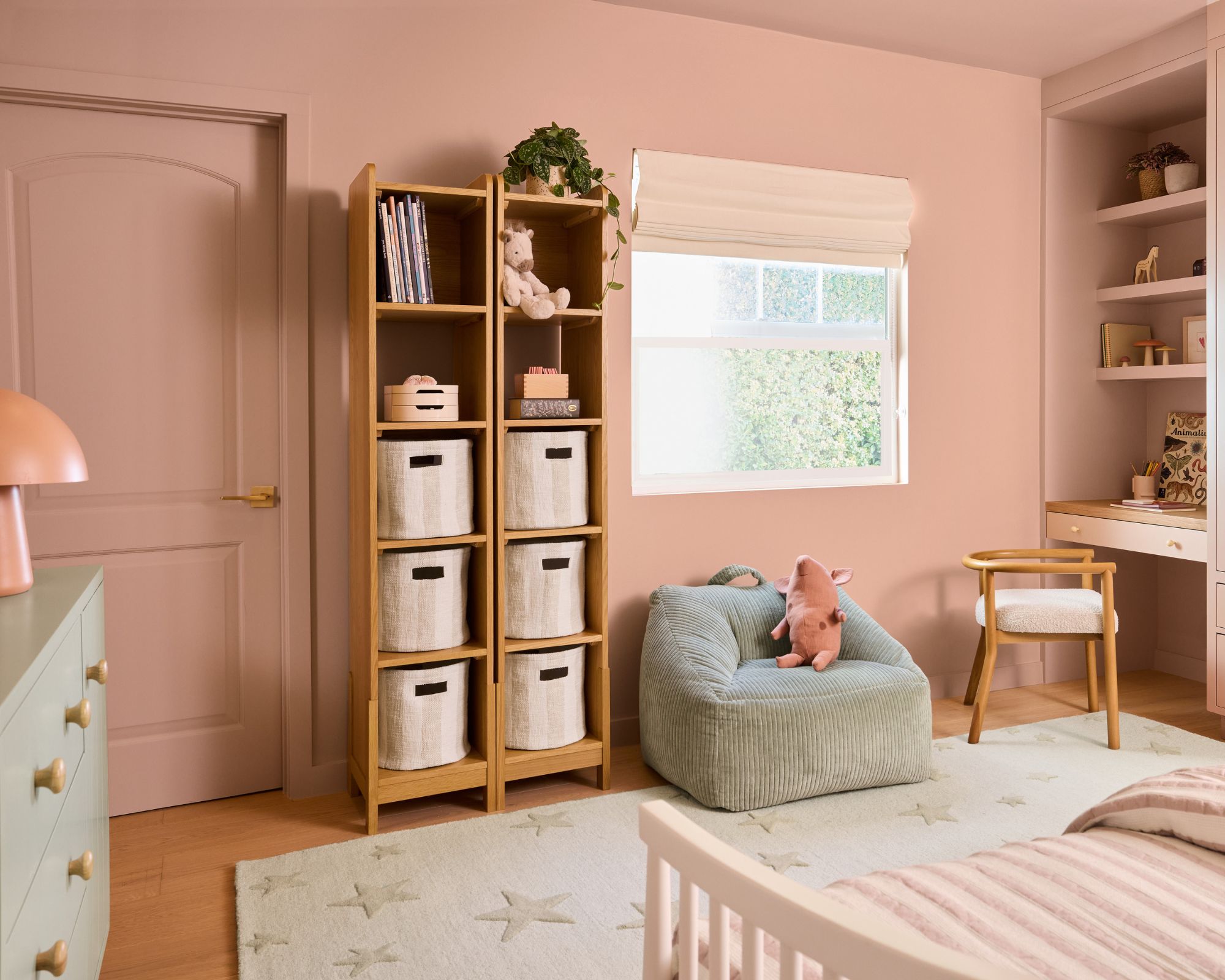
Introducing children to chores is great for early-development ad will serve them for the rest of their lives begins Liora Seltzer, professional home organizer and owner of What U Keep.
She explains, ‘Decluttering and organizing are lifelong skills that kids should learn from a very young age. This time of year, right before the holidays, is a good time to get started with introducing this skill.
‘Children who have already experienced the holidays are aware that they will receive gifts from relatives and friends. This knowledge might be helpful with convincing them to make room for new toys and share their abundance with others.
Design expertise in your inbox – from inspiring decorating ideas and beautiful celebrity homes to practical gardening advice and shopping round-ups.
‘I highly recommend doing this process with your children with as little pressure as possible,’ Liora adds. ‘Set aside time that is intentional for this process. I would recommend at least 30 minutes to an hour to start.’
Excluding children from decluttering altogether is something people with tidy homes never do, and this habit-building is great for their development.
2. They can go to families in need

When working out what to do with the items you donate, consider donating well-kept toys to family shelters, charities and thrift stores. This will help declutter without throwing away and slowly introduce children to the concept of charity, says Katy Wells, founder of Clutter Cure Club and host of The Maximalized Minimalist podcast.
Katy says, ‘We all hope our kids will eagerly embrace the idea of donating toys to those in need, imagining the joy their old fire truck or dollhouse could bring to another child. But in reality, parting with toys can be tough – especially when kids suddenly rediscover their “favorites” the moment you suggest letting them go.
‘And that’s okay. Learning generosity is a process. Start by modeling it yourself and involve your child in age-appropriate ways. Younger children might select one or two toys they no longer play with, while older children could help choose a charity or even participate in the donation drop-off. These small, thoughtful steps make the act of giving more tangible – and sometimes even fun.’
Only donate toys that are in good condition and have all the parts. If you wouldn’t gift it to your own child, do not donate it to someone else's. Katy has shared some guidelines to help you decide what to give away and where:
- Gently used condition: Avoid donating broken or heavily worn items.
- Complete sets: Make sure all puzzle pieces, game cards, or building blocks are there.
- Easy to clean: Wash plush toys and ensure everything is in good, clean condition before donating
- Local charities and shelters: Many community organizations welcome toy donations year-round.
- Hospitals and pediatric clinics: Check if they accept toys for play areas or young patients.
- Community toy drives: Schools, churches, and local organizations often run holiday toy drives.
- Online gifting groups: Platforms like Buy Nothing or Facebook Marketplace allow you to donate toys directly to families in your local community. Joining your local town's free item groups will also help you shift toys quickly.
3. It makes space for new
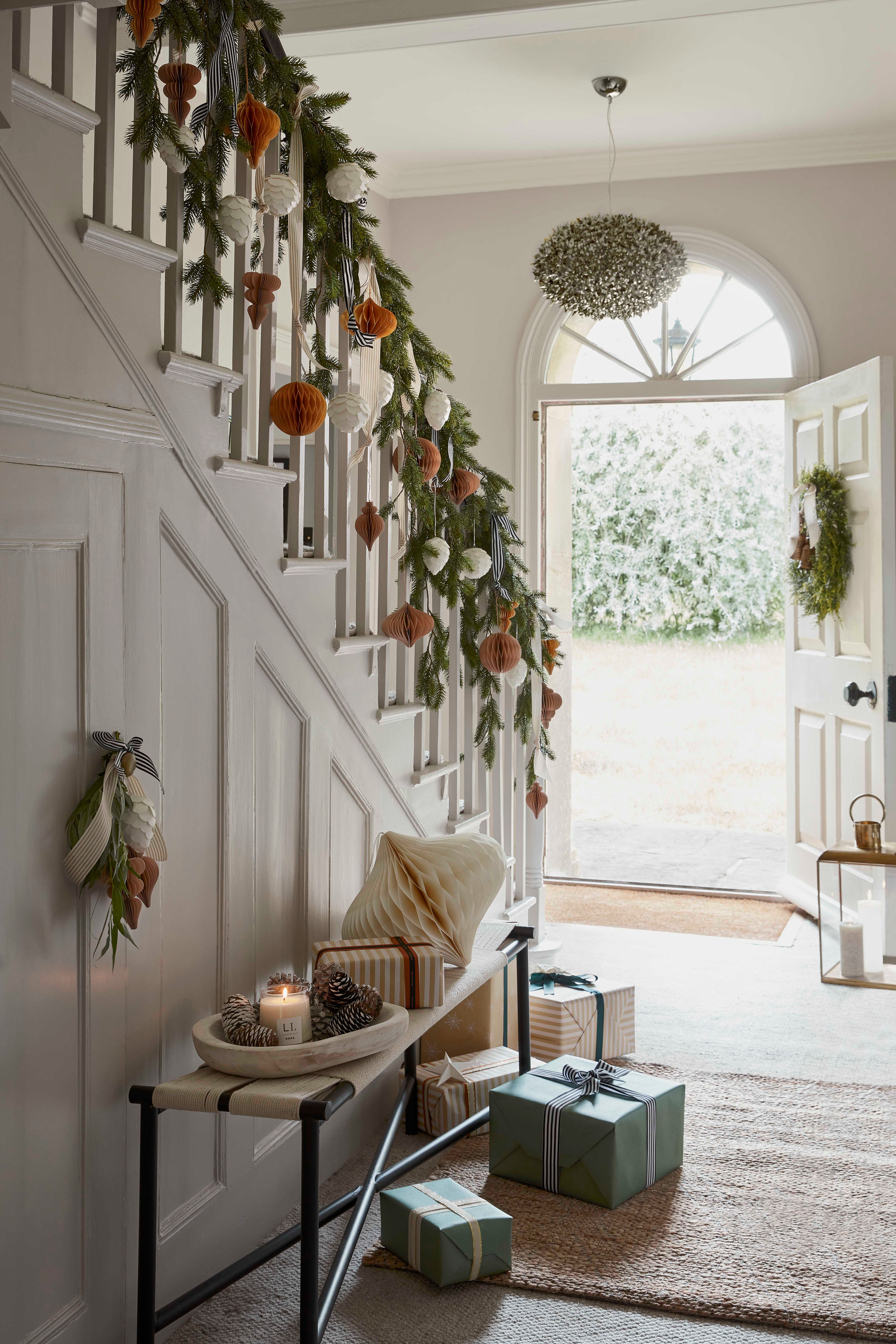
Christmas is sure to bring an influx of toys for your child, so decluttering before the holiday is a great way to stay on top of their collections and stop clutter before it starts.
Katy Wells continues, ‘Every toy should have a designated spot, but when those shelves, bins, or toy boxes start to overflow, it’s time to reassess. Setting physical boundaries for toys – like a cubby system or a dedicated shelf – helps kids understand that there’s a limit to how much they can keep. When the space is full, it signals the need for an edit. This simple system ensures new toys will be enjoyed and appreciated rather than lost in a cluttered pile of forgotten ones.’
As you know what you have bought, or will buy, for your child over the holidays, consider using the one-in, one-out decluttering method to guide you through the process.
How to help children declutter their toys

Decluttering kid’s rooms should rarely be done without them present. You might want to do some initial tidying and trash control, but the idea is to introduce them to the concept of home organizing and letting go. Besides, you don’t want to get rid of something they adore and have to deal with the aftermath.
Instead, you should guide them through the process, helping them to declutter, rather than doing it for them. Here’s some tips to get you started.
1. Suggest a maybe box
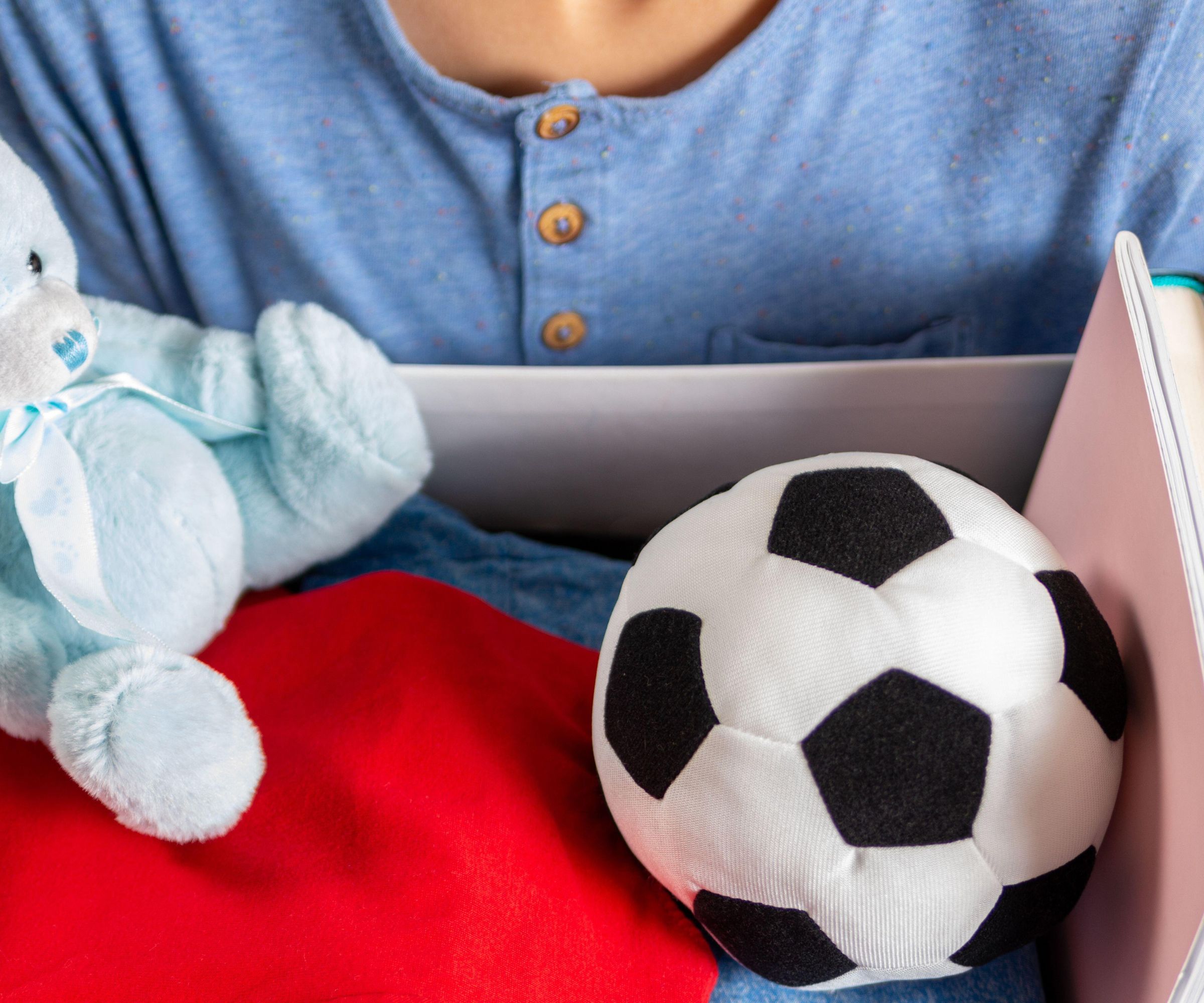
Liora Seltzer, professional organizer, says one of her favorite methods to declutter with children is to use a maybe box. This can help reduce pressure and avoid decluttering regret – especially if you are trying to declutter toys when your children aren’t on board.
She explains, ‘One way to help your children decide to give things away without as much pressure, is to suggest a standby-box. In that box they can put any toys are not sure about or that they would like to put away to make room for new toys. You both decide that if in one month they do not look for those toys or want to play with them, then you would give them away. This will eliminate some of the clutter and also help them make the decision.’
2. Lead by example

The worst thing you can do is follow the ‘do as I say, not as I do’ line. If you want children to declutter or donate items, you should do the same to model the behavior – it’s a simple method to motivate your family to clean and declutter suggests Katy Wells, pro organizer.
‘Children learn by example’ she explains, ‘so before tackling their toy collection, start with your own belongings. Declutter a kitchen drawer, your closet, or even a pile of books. This shows your child that decluttering is a natural part of maintaining a home and builds trust by starting in a space that doesn’t directly affect them.’
The Reverse Advent Calendar decluttering method works well and is low pressure. Each member of the household picks one item a day to donate, for 24 or 25 days straight, and then donates the lot at the end as a team.
3. Respect their decisions
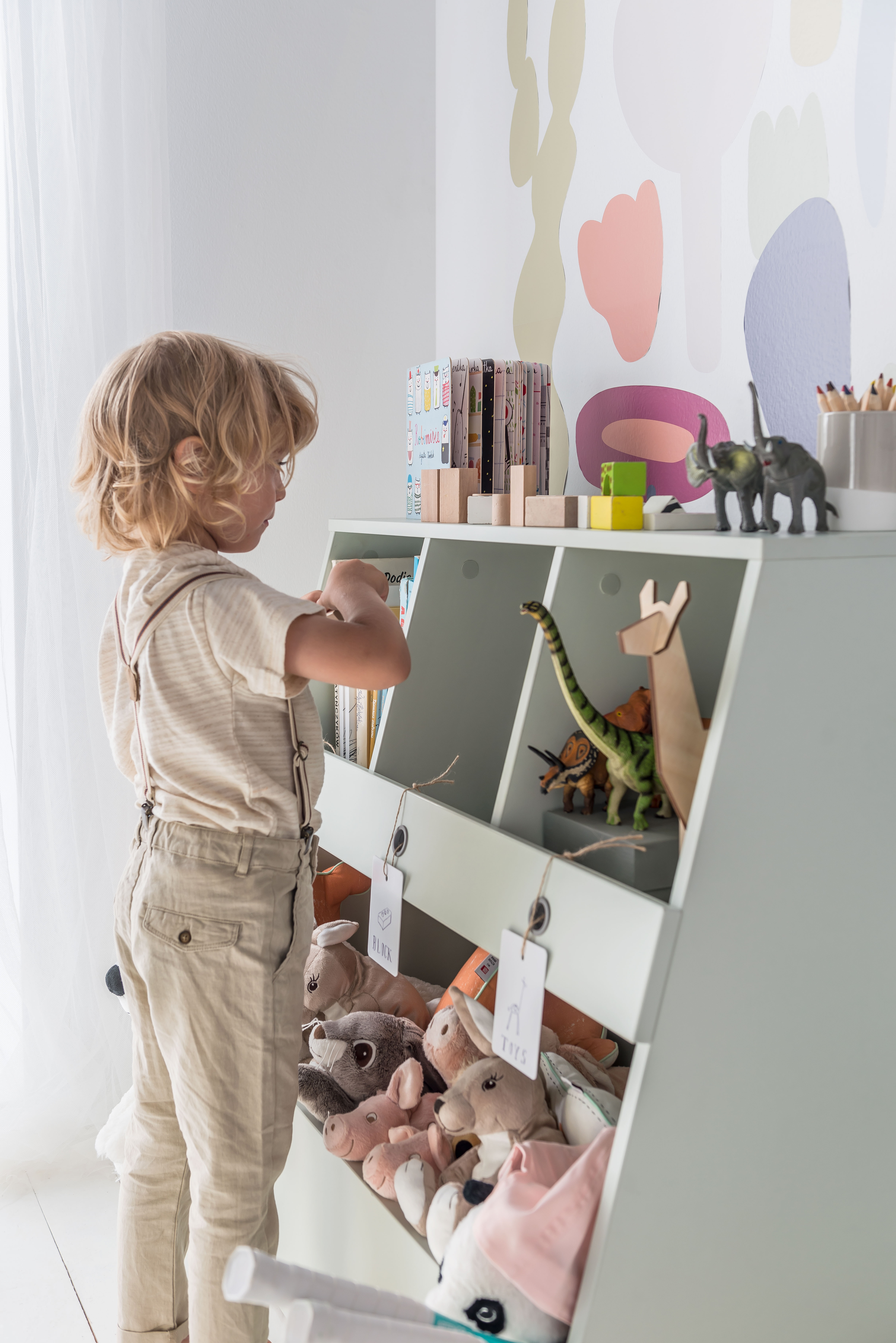
Diane Quintana, certified professional organizer in chronic disorganization and owner of DNQ Solutions says, ‘Ask them which toys they no longer want. Their response may surprise you. If they want to donate a toy please let them even if it's something you or their grandparents gave them. You may want them to keep it but I'm hoping you allow them to let it go.
‘The benefit of doing this with your child is that it teaches them to go through their belongings with a critical eye and exercises their ability to let go of things they have used and loved. It's a way of giving them permission to reduce the number of things they hold on to.’
4. Set some easy goals
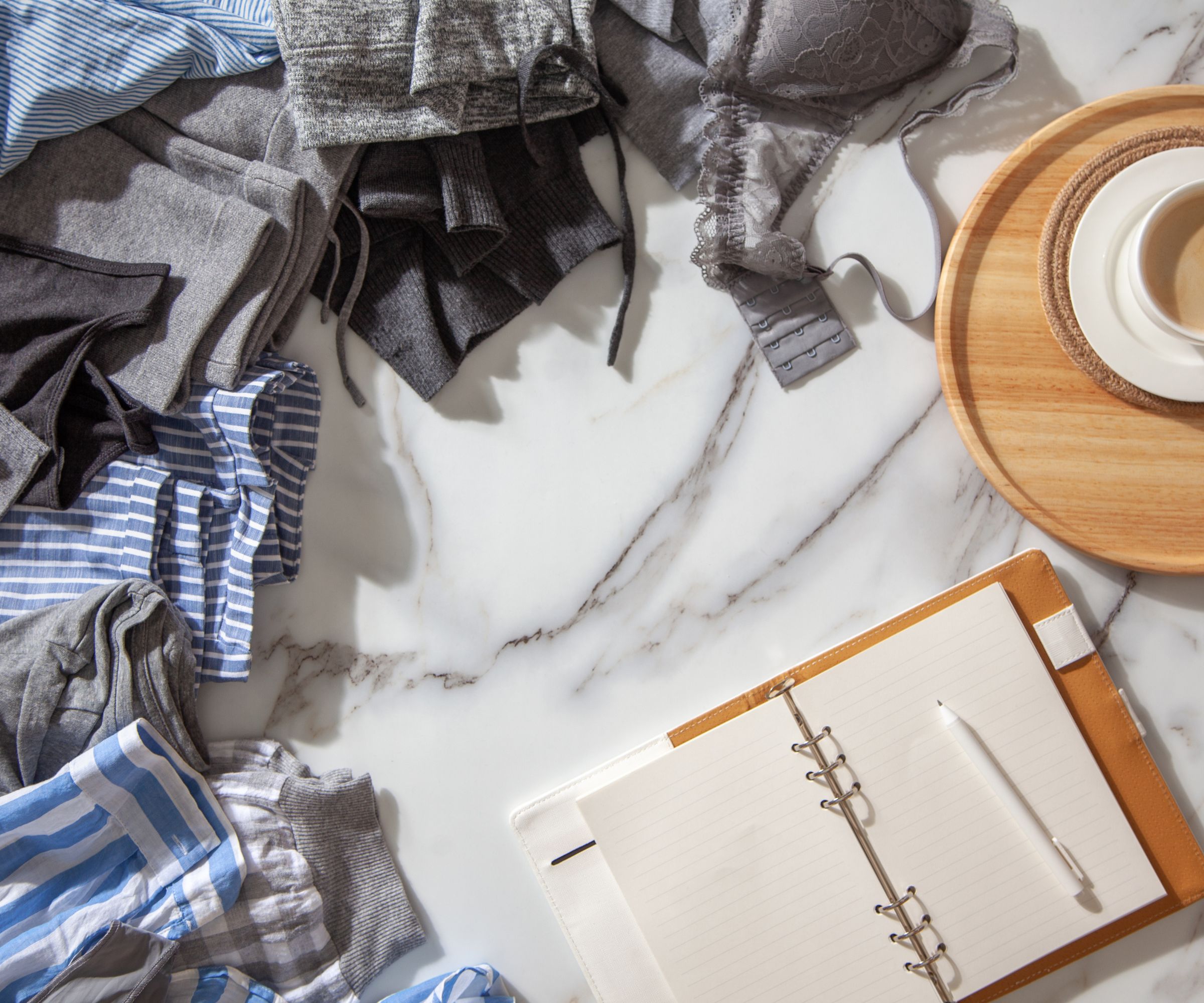
No matter your age, setting achievable goals is one of the best ways to set yourself up for a successful decluttering session.
Diane continues, ‘If their room is overflowing with stuffed animals suggest they give away a certain number because they have so many and there are children who don't have any.
‘If their bookshelves are so tightly packed that's it's difficult to put away books it's time to thin the shelves. Ask them which books they want to donate. Give them a number – say 10 – to make room for new books.
‘If the cars and trucks bin is so full you're tempted to get another bin ask your child to sort the cars and trucks. Then ask them to donate the duplicates. To reduce the amount so they fit in the existing bin.’
Like the snowball decluttering method, starting small and building up to bigger tasks can help them into a decluttering groove.
5. Take them with you to donate

Taking your children with you when you donate toys is a great way for them to feel a sense of accomplishment and pride after decluttering – plus they see the tangible benefits of helping those with less.
This helps to serve two purposes. Firstly, it builds a positive association with decluttering, helping to motivate them to declutter in the future, and making it a task they enjoy rather than dread. Secondly, it can help shape them into kinder, more charitable people.
I personally remember going with my dad to donate big bags of my soft toys to a local children’s hospice when I was little. I later received a certificate of thanks for my donation which I was immensely proud of, and it encouraged me to do more to help.
Use some clean, heavy-duty trash bags, from Walmart, or for larger, heavier toys, pick up some storage boxes on wheels, also from Walmart, to make donation easy and keep the toys clean and damage-free during transport.
Katy Wells concludes by urging us to remember that, ‘Every child is different. Some love the idea of organizing their toys, while others may feel more resistant. No matter where your child falls on this spectrum, start small. Focus on one drawer, one bin, or even a handful of toys.’ It might even help to use games like the scavenger hunt decluttering game to make decluttering fun.
Katy adds, ‘For younger children, decluttering may work best during naptime or when they’re playing elsewhere. Older kids might enjoy participating if you frame it as an opportunity to make room for new toys or to help someone in need. The key is to adapt your approach based on their age and personality, ensuring the process feels positive and manageable.’

Chiana has been at Homes & Gardens for two years and is our resident 'queen' of non-toxic living. She spends most of her time producing content for the Solved section of the website, helping readers get the most out of their homes through clever decluttering, cleaning, and tidying tips. She was named one of Fixr's top home improvement journalists in 2024.
